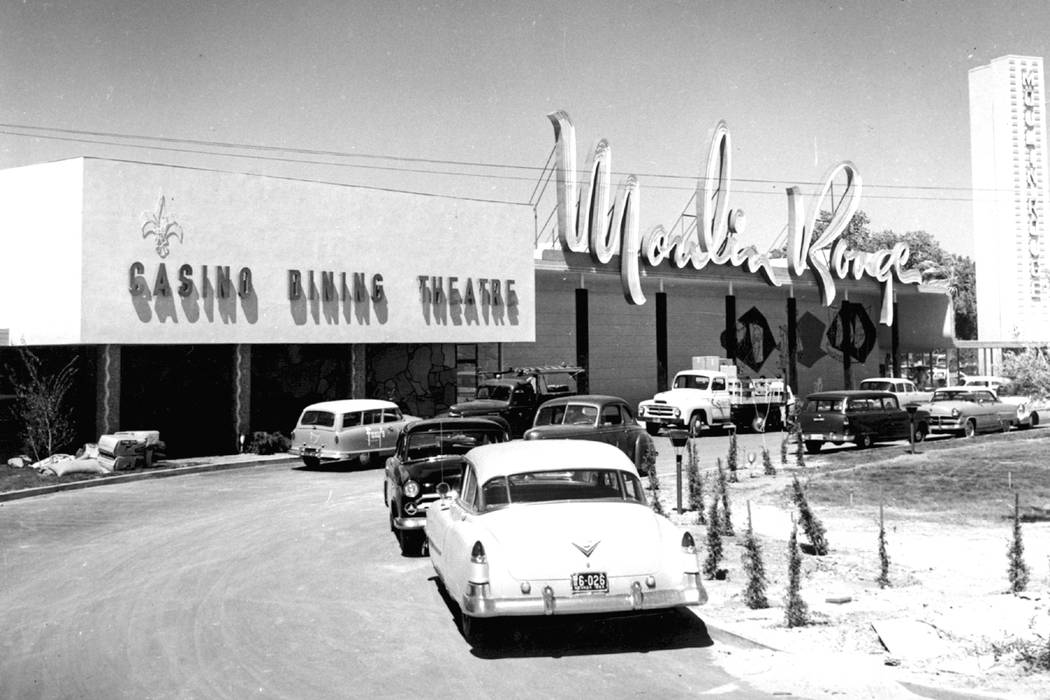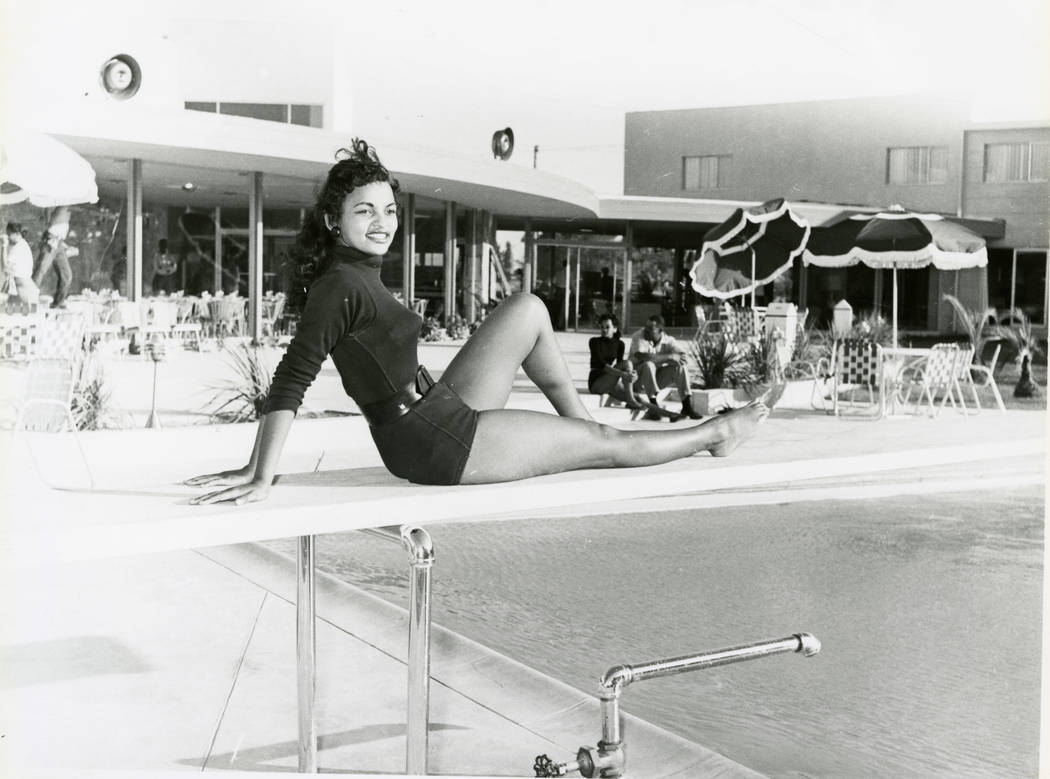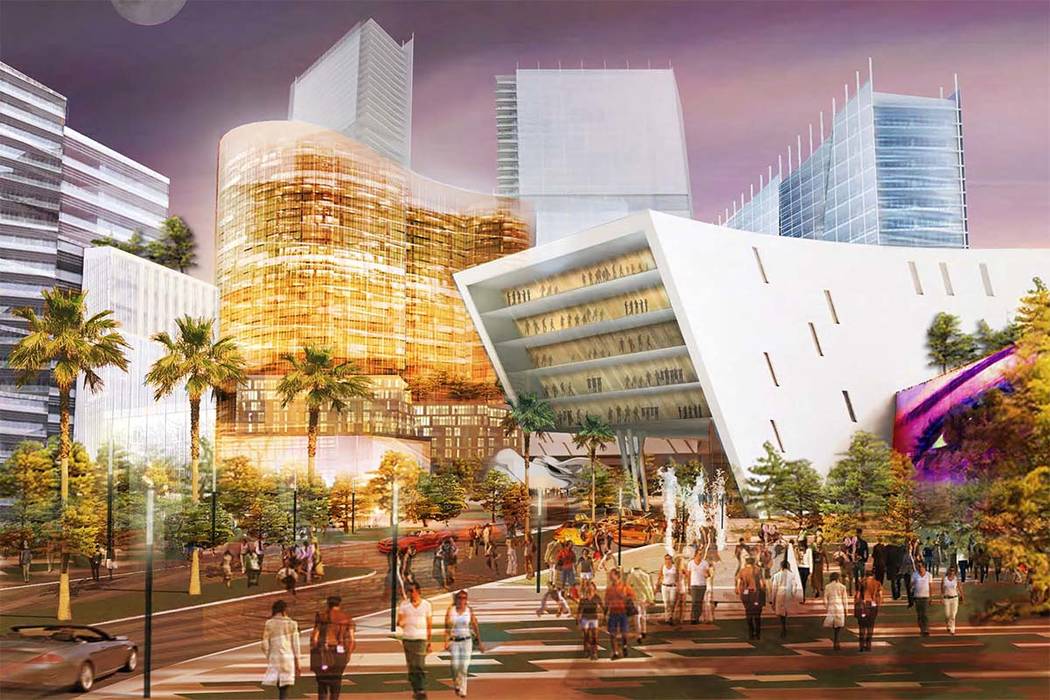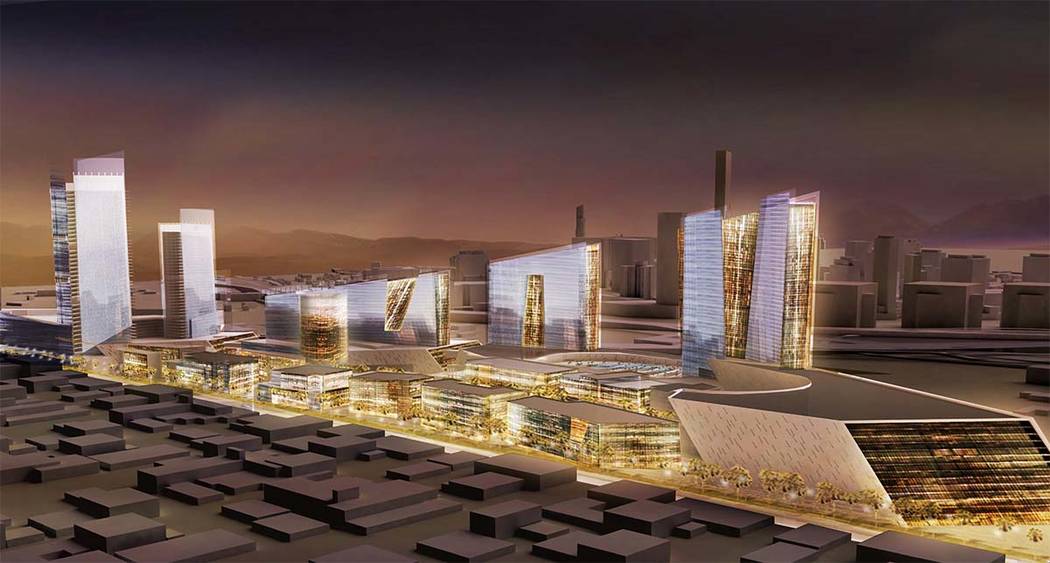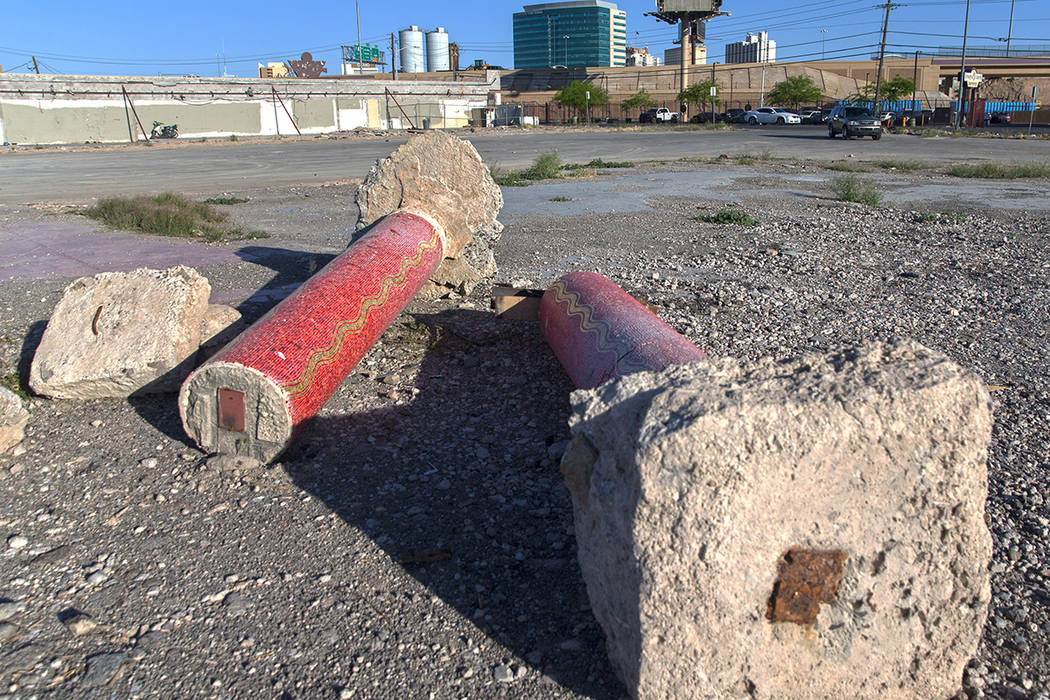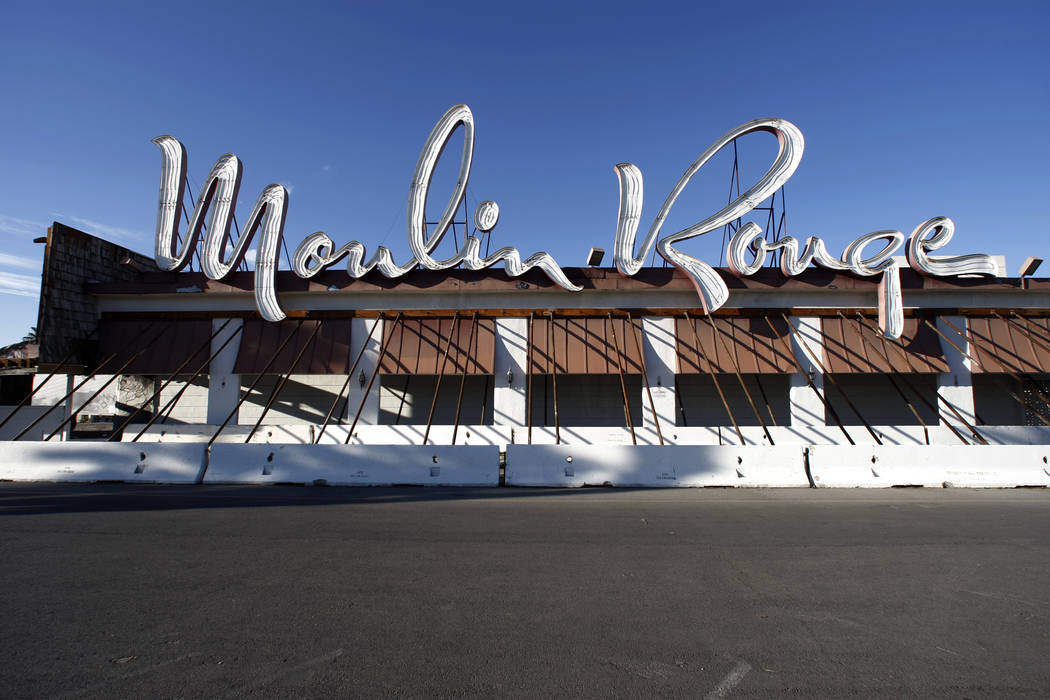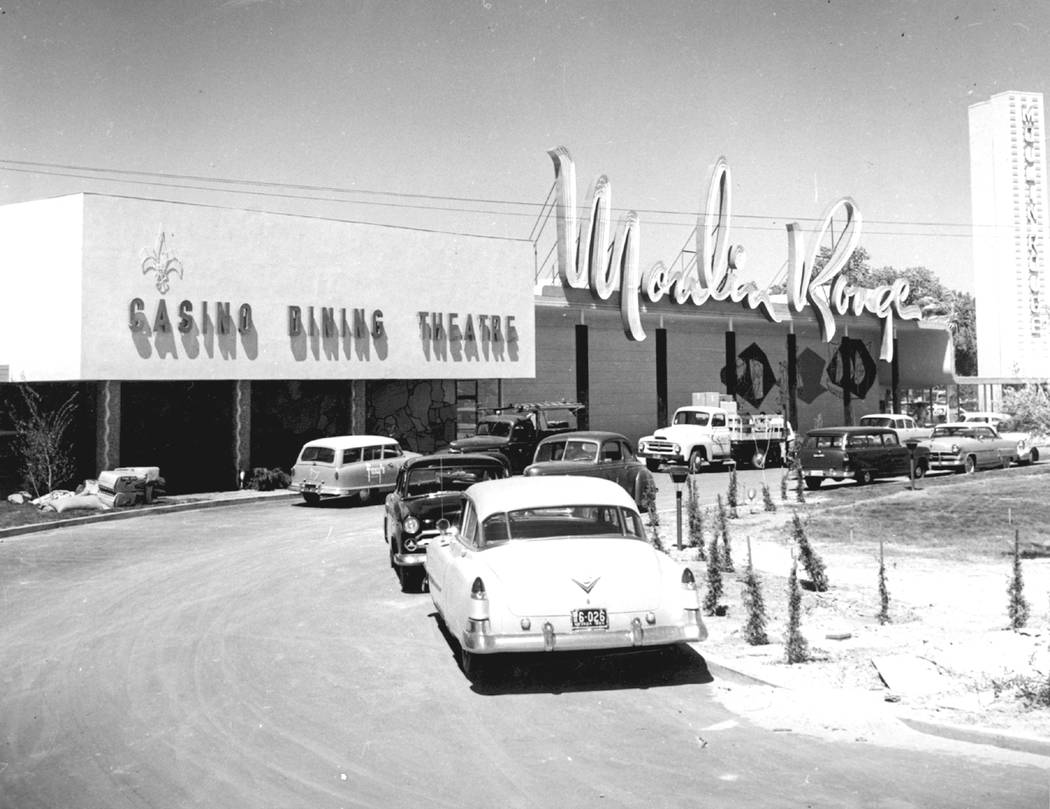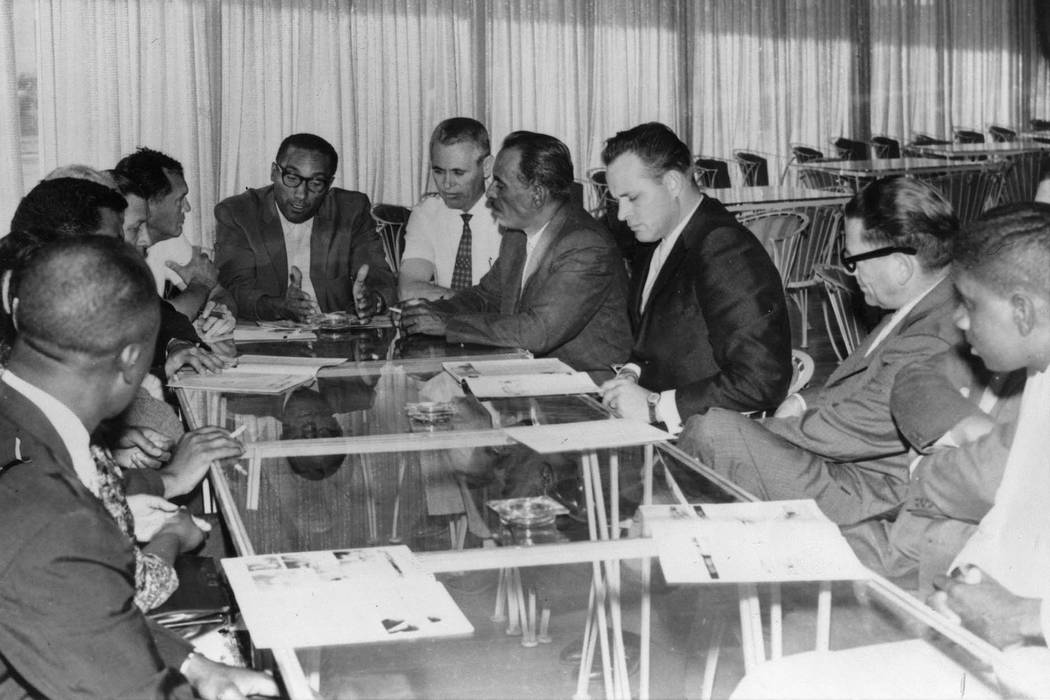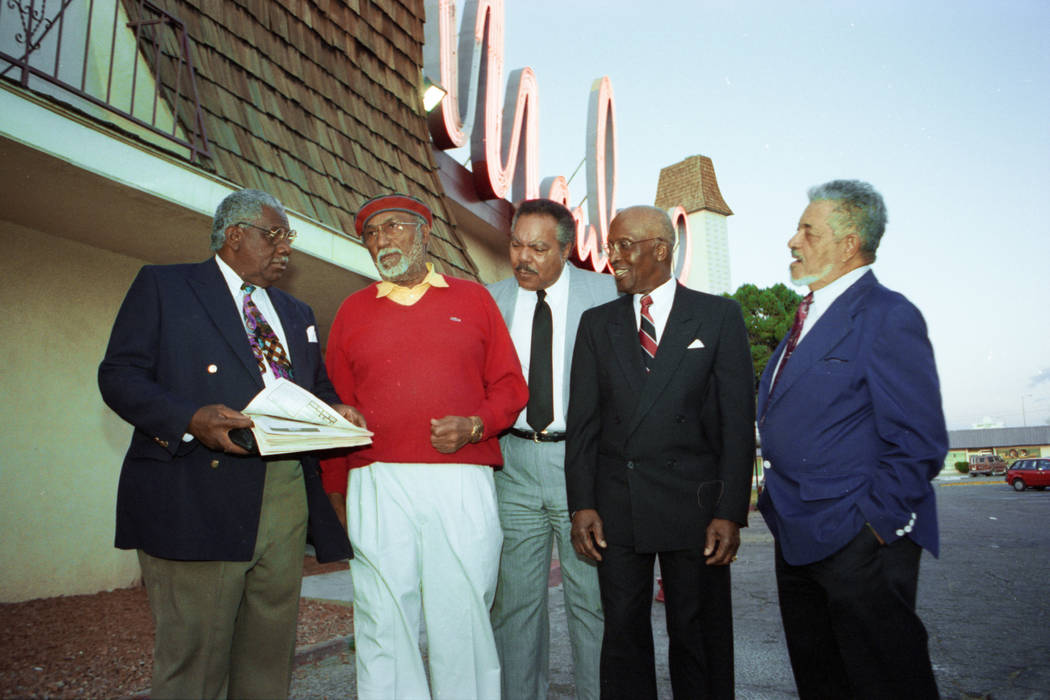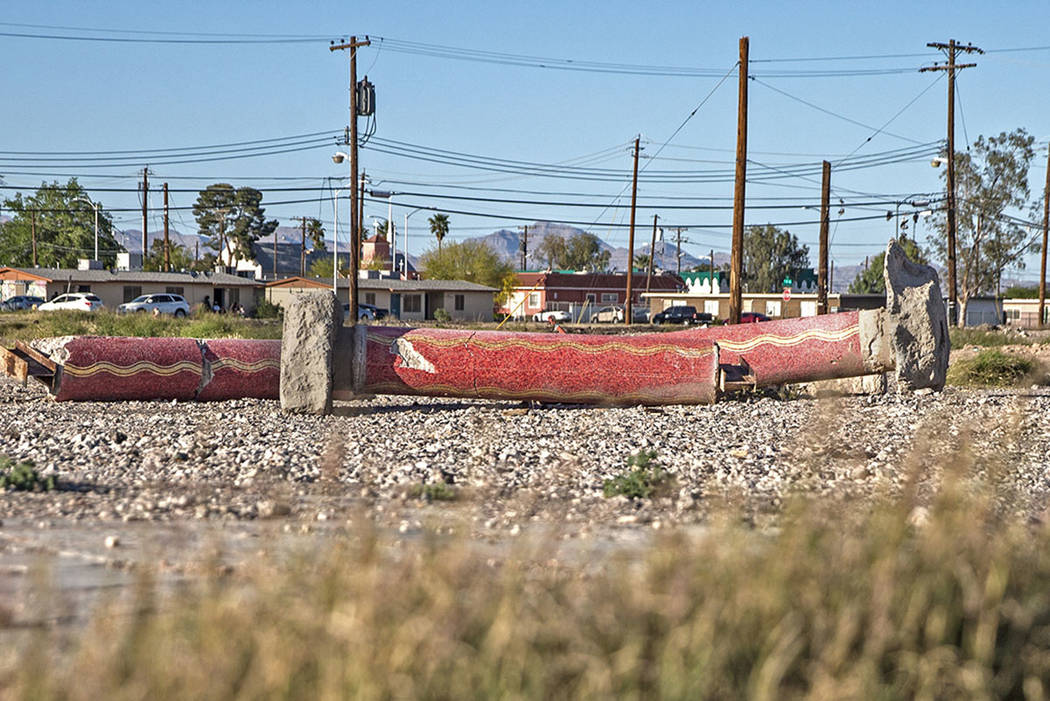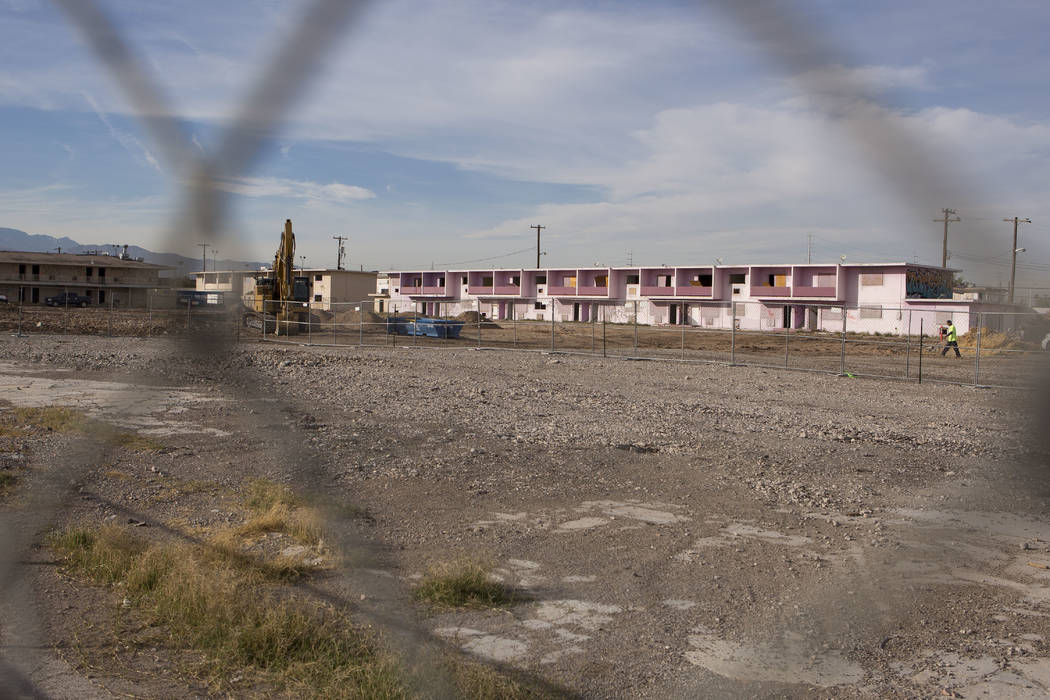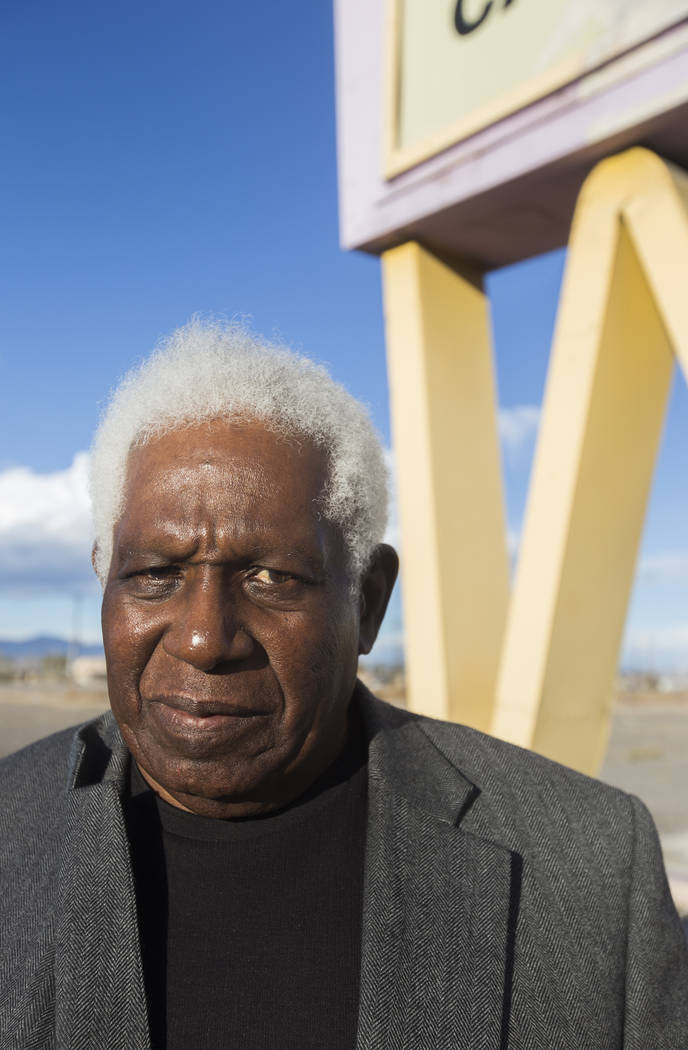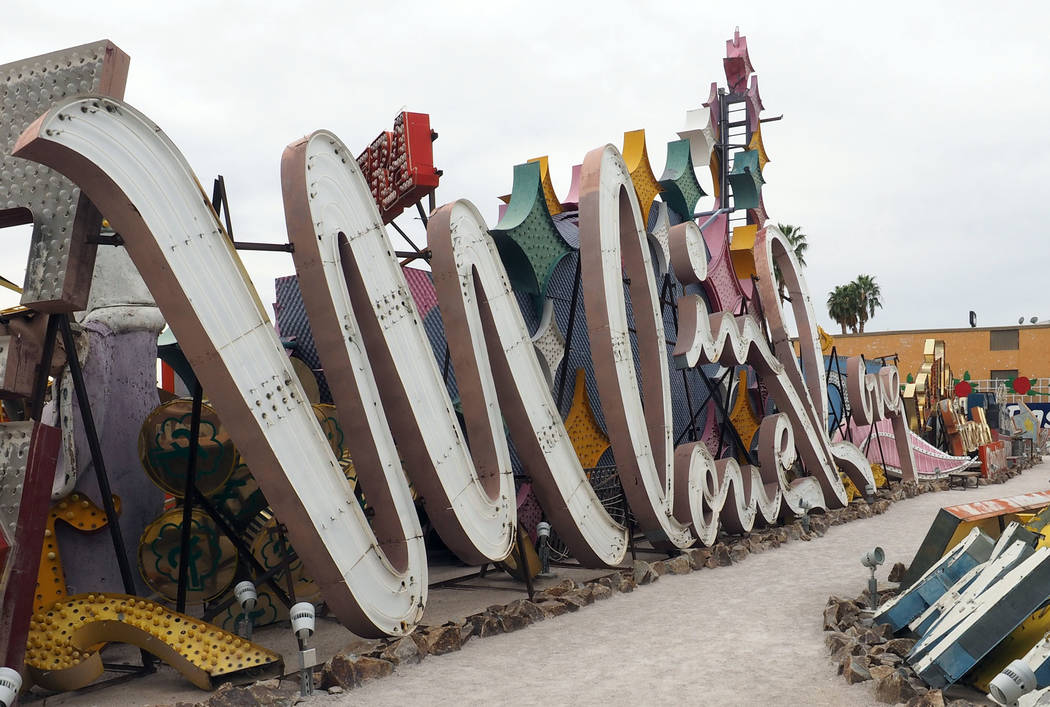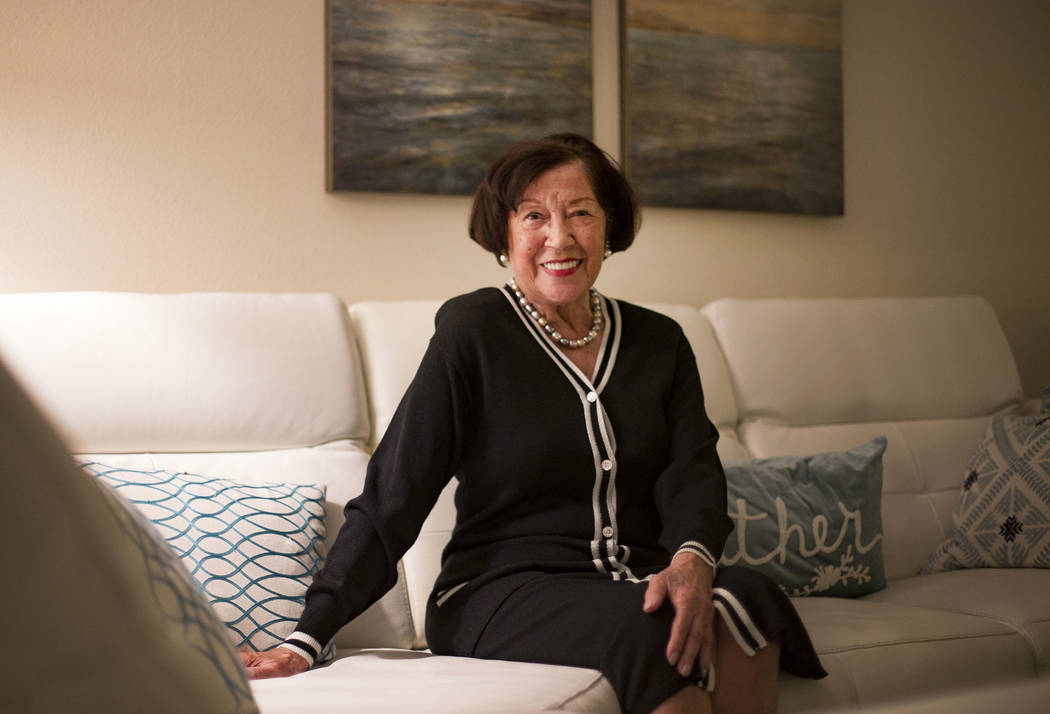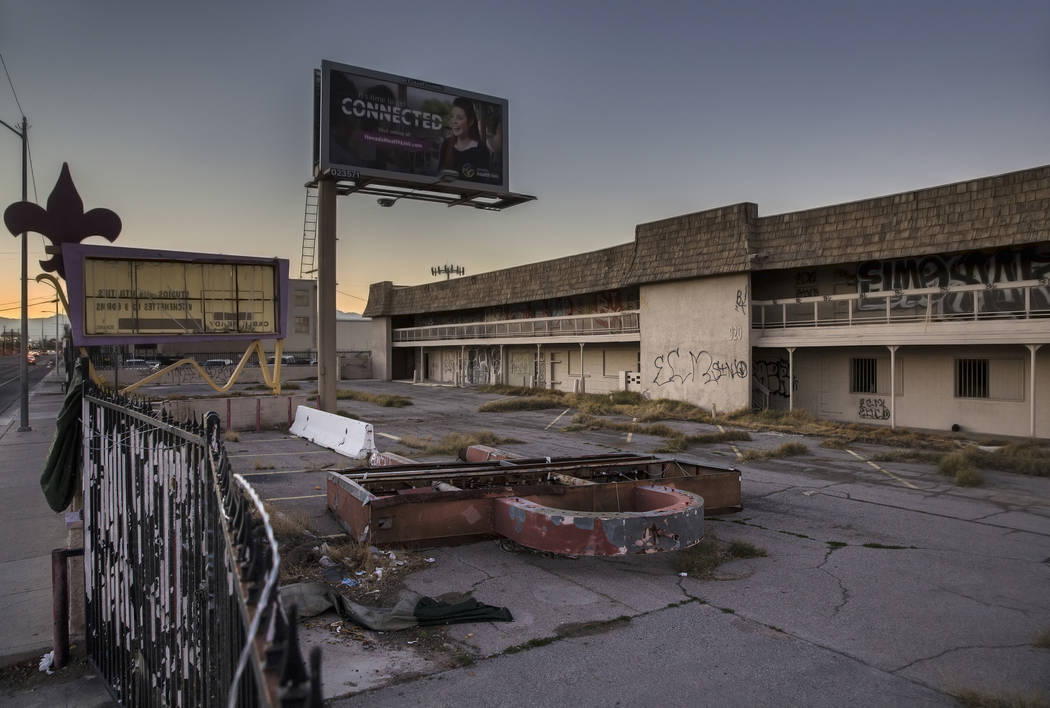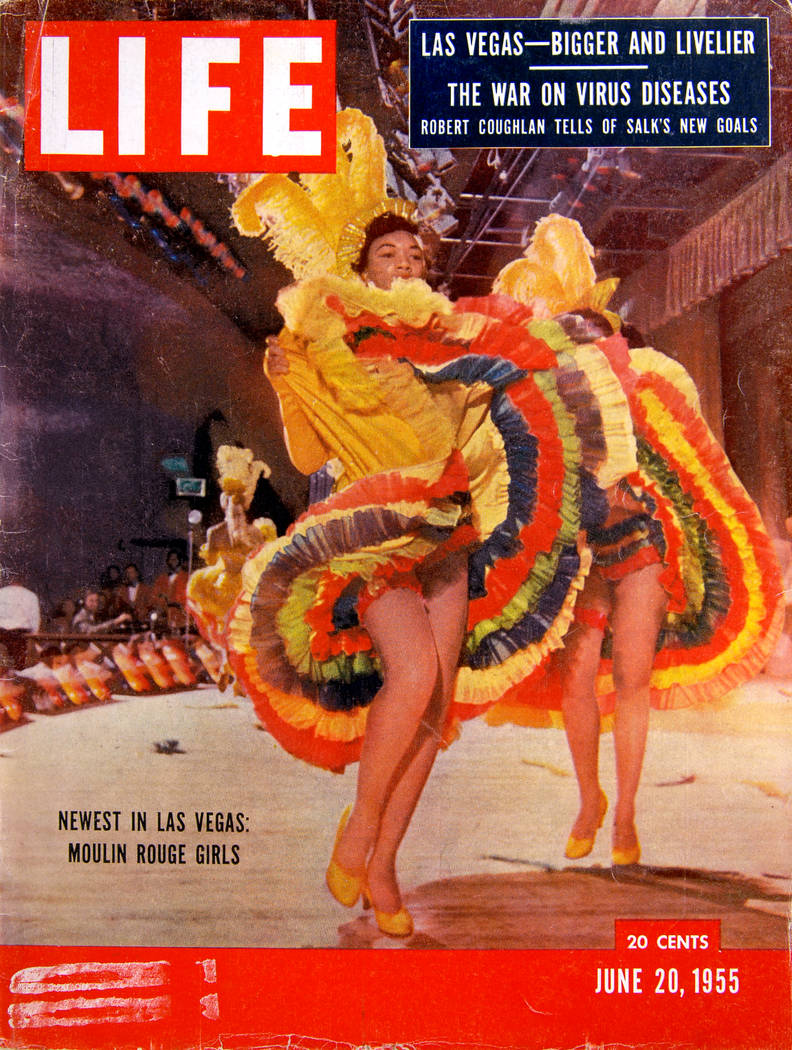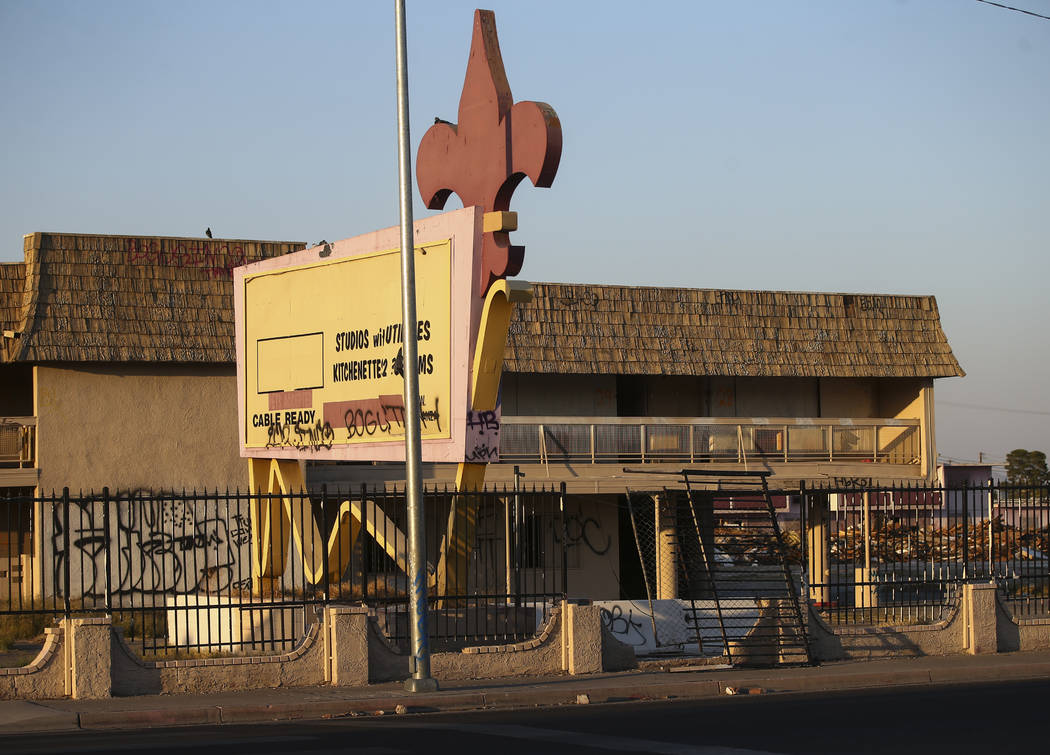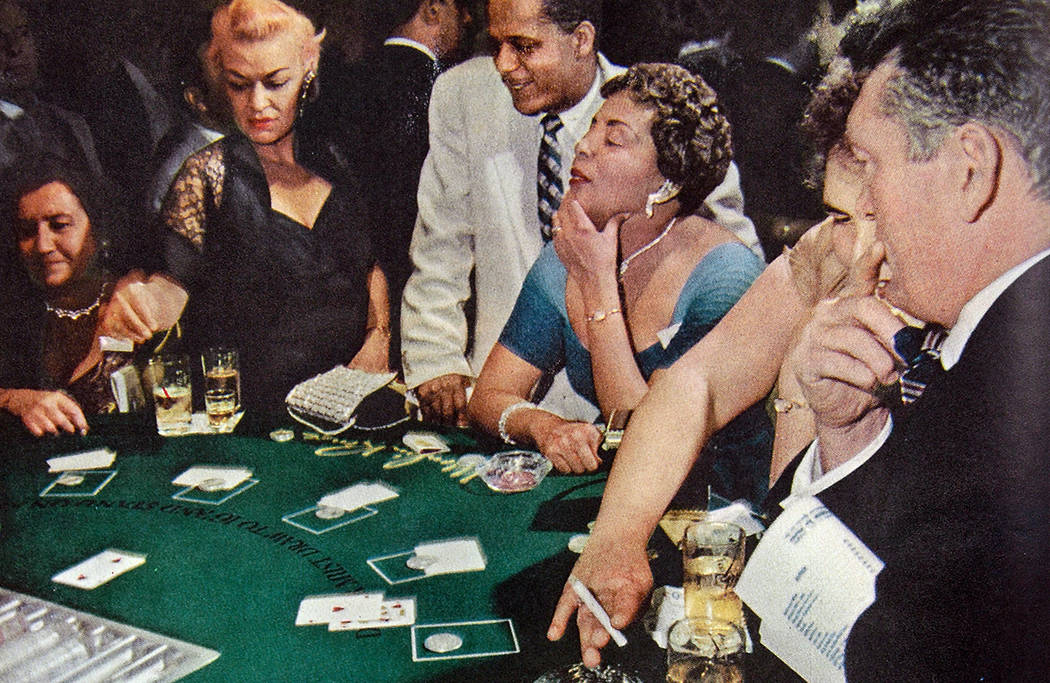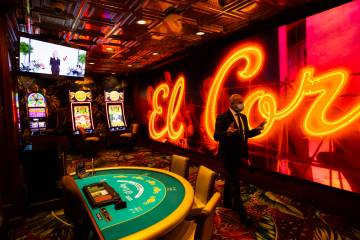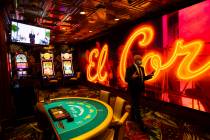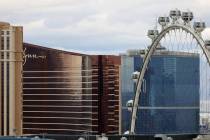Moulin Rouge played important role in Las Vegas history
By all accounts, it was a blockbuster four-and-a-half months.
The Moulin Rouge opened in May 24, 1955, amid a burgoening discussion about civil rights in Las Vegas.
Famous entertainers from across the globe came to perform, mingle and enjoy the first integrated casino-hotel in Las Vegas. It was standing room only nearly every night, according to multiple news reports.
Before the end of the year it was shuttered, a victim of apparent financial mismanagement.
The property has never reopened.
Now, nearly 65 years later, nothing remains other than a few chunks of weed-covered concrete in the nearly empty lot at 900 West Bonanza Road in the city’s Westside. A reported deal to build a $1.6 billion replacement resort appears dead.
Born from segregation & opportunity
In the segregation era of mid-20th century in America, Las Vegas was no different.
The city’s practice of segregation, which began in the 1930s, had earned Las Vegas the moniker “The Mississippi of the West.”
While Las Vegas hotels and casinos employed black employees in behind-the-scenes jobs, workers who dealt with the public were white.
Black performers such as Sammy Davis Jr., Nat King Cole and Ella Fitzgerald could dazzle crowds on stages across the city, but were not allowed to enter casino and hotel dining areas.
Their names appeared on hotel marquees, but black performers were not permitted to enter through hotel-casino front doors. They spent the night in boarding houses in the Westside, the neighborhood to where Las Vegas’ black population was restricted.
Black Las Vegas residents had been insisting that officials pass a civil rights ordinance to allow African Americans to dine, gamble and stay at the city’s hotels, according to an IntermountainHistories.com report by Alan Mattay of the University of Nevada Las Vegas.
A group of white investors led by Will Max Schwartz saw the business potential of an integrated hotel and casino in Las Vegas. Former heavyweight boxing champion Joe Louis was recruited to serve as the Moulin Rouge’s official greeter and purported co-owner, according to the Review-Journal.
A magnet for performers, workers
Named after the famed Parisian cabaret, it had 110 rooms, a swimming pool, a 60-foot-high neon Eiffel Tower and a neon sign designed by Betty Willis in the googie style emblematic of the 1950s. Willis later designed the iconic “Welcome To Fabulous Las Vegas” sign.
The most popular attraction was its marquee number, a colorful African-themed late night show called The Tropi Can Can which featured Las Vegas’s only all-black chorus line. In June 1955, dancers from the Moulin Rouge even made the cover of Life magazine.
From its opening night on May 24, 1955, the Moulin Rouge was a magnet for performers was because it was the only hotel where black and white entertainers could socialize with one another in Las Vegas.
Black entertainers who graced the Moulin Rouge’s showroom include Lionel Hampton, Dinah Washington, Gregory Hines and the Platters.
The place attracted a mixed clientele of black and white patrons. Celebrities such as Ella Fitzgerald, Frank Sinatra, Harry Belafonte, Sammy Davis Jr., Edward G. Robinson, Bob Hope, Louie Armstrong, Dean Martin, Milton Berle, Dorothy Lamour, Judy Garland, Roy Rogers and Marlene Dietrich made their way to the Moulin Rouge.
It also offered employment opportunities for residents of the Westside. Black Las Vegans found employment as dealers, cocktail waitresses, bartenders, security guards and managers.
Ahead of its time
“It was an A-1 place, no bones about it,” former Moulin Rouge craps dealer Q.B. Bush told the Review-Journal in July 2019. “And people were treated A-1, whoever they were. It was just a little too far ahead of time, if you wanna know the truth. It was just a little early.”
The harsh segregation restrictions elsewhere in Las Vegas did not exist at the Moulin Rouge.
A Las Vegas Review-Journal article published the day after opening reported the hotel-casino “has all of the plush appointments of the swank establishments which preceded it, and serves some of the finest food in the city.”
The Historic Westside at the time possessed the rolling momentum of Fremont Street today, recalled Bush, who arrived from Michigan to attend dealer’s school and took his first job at the casino.
That momentum came to an abrupt end.
Closed: October 1955
According to some former employees, the forward-thinking hotel-casino soon fell on hard times, threatened by city commissioners with revocation of its gambling license and possible foreclosure for failing to provide financial information to the police department.
None of three former employees interviewed by the Review-Journal in summer of 2019 accepted that its money troubles could be the result of slow business. After all, as Anna Bailey, a chorus-line dancer, remembered, “it was standing room every night.”
Instead, Bush said that Moulin Rouge’s precedent-setting integration did not sit well with others and that its owners deliberately did not pay creditors after catching flak from businesses whose customers were being siphoned away to the casino.
Bailey said she only heard bills weren’t being paid, and dancer Dee Dee Jasmin recalled the casino’s three owners, with briefcases in hand, removed money nightly from the cashier area.
Facing financial pressure from creditors despite becoming a favorite of entertainment’s elite and drawing regularly packed houses, the Moulin Rouge padlocked its doors in October 1955, less than six months after it had been christened to pomp and pageantry.
Financial mismanagement apparently led to its demise.
By December, owners had filed for bankruptcy.
Las Vegas desegregation: March 26, 1960
In 1960, black Las Vegans, inspired by the wave of civil rights activism sweeping across the country, threatened to march on the Las Vegas unless the city took action to end segregation.
A march would not only block access, but also embarrass the city and damage its tourism industry.
In March 1960, days before the planned march, the still-shuttered Moulin Rouge served as the venue for a meeting which included NAACP branch president Dr. James McMillan, Nevada Gov. Grant Sawyer, and the city’s powerful gaming executives. At the meeting, casino bosses agreed to end their discriminatory policies and allow African Americans to patronize their establishment.
In March 1960, McMillan, then-president of the Las Vegas NAACP chapter, sent a letter to then-Mayor Oran K. Gragson, giving him 30 days to desegregate the city. If he did not, the chapter planned a peaceful protest on the Strip calling for blacks to be allowed to enter casinos through the front door.
“There was a meeting that Saturday morning, March 26,” Claytee White, director of oral histories at UNLV, said in a Review-Journal article earlier this year.
A photo from the meeting shows city leaders around a table in the Moulin Rouge. The police chief, the mayor, Gov. Grant Sawyer and black leaders were all there.
They reached an agreement that hotels would grant African-Americans access to public accommodations. On March 26, 1960, integration took place in Las Vegas.
Remains destroyed in 2017
What remained of the Moulin Rouge, once on the National Register of Historic Places, were demolished in 2017 after a fire years earlier destroyed most of the building.
Does it have a future?
In 2017, District Judge Elizabeth Gonzalez chose Clark County’s $6.2 million bid to purchase the property, which planned to put a new government building on the site. County officials backed away in the face of backlash from residents in the surrounding Historic Westside.
Kevin Hanchett, a court-appointed receiver for the property, said in July of this year that there were three new offers to purchase the site after a developer’s financing fell through in December.
The front-running offer was $9.5 million from Anderson Capital, and Hanchett said in late July that he was waiting to see if a $4.5 million deposit would clear. No money has arrived, so the offer is no longer under contract.
The land remains empty.
Contact Marvin Clemons at mclemons@reviewjournal.com or at 702-383-0217. Follow @Marv_in_Vegas on twitter.



